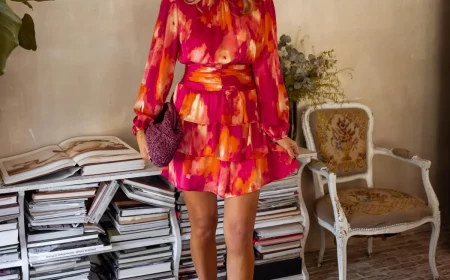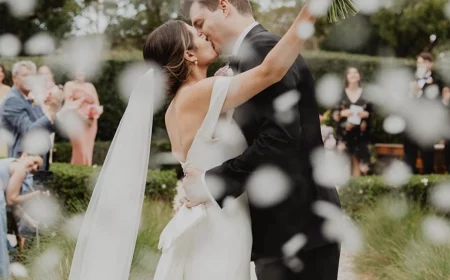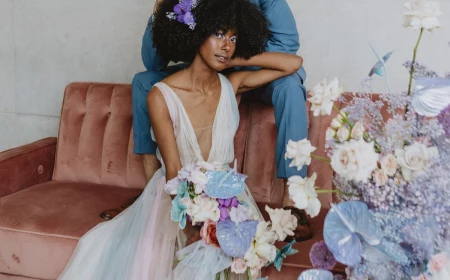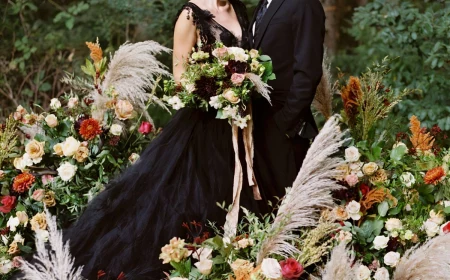Your No-Nonsense Guide to Building a Wedding You’ll Actually Love
After years in the wedding planning trenches, I’ve seen it all. From tiny elopements in city parks to massive celebrations in grand, historic venues. And here’s the biggest lesson I’ve learned: planning a wedding isn’t about ticking boxes on some generic online checklist. It’s about building an event from the ground up on a foundation that’s all about you.
In this article
So many couples dive in and immediately feel like they’re drowning. It’s totally understandable. You’re suddenly expected to be a project manager, a budget analyst, and a creative director, all while navigating some tricky family dynamics. It’s a lot.
My goal here is to give you the same framework I use with my own clients. We’re skipping the fluff and getting straight to the practical, honest-to-goodness steps that lead to a wedding that feels authentic. This is the real-deal advice, the stuff learned from years of experience. Let’s get to it.
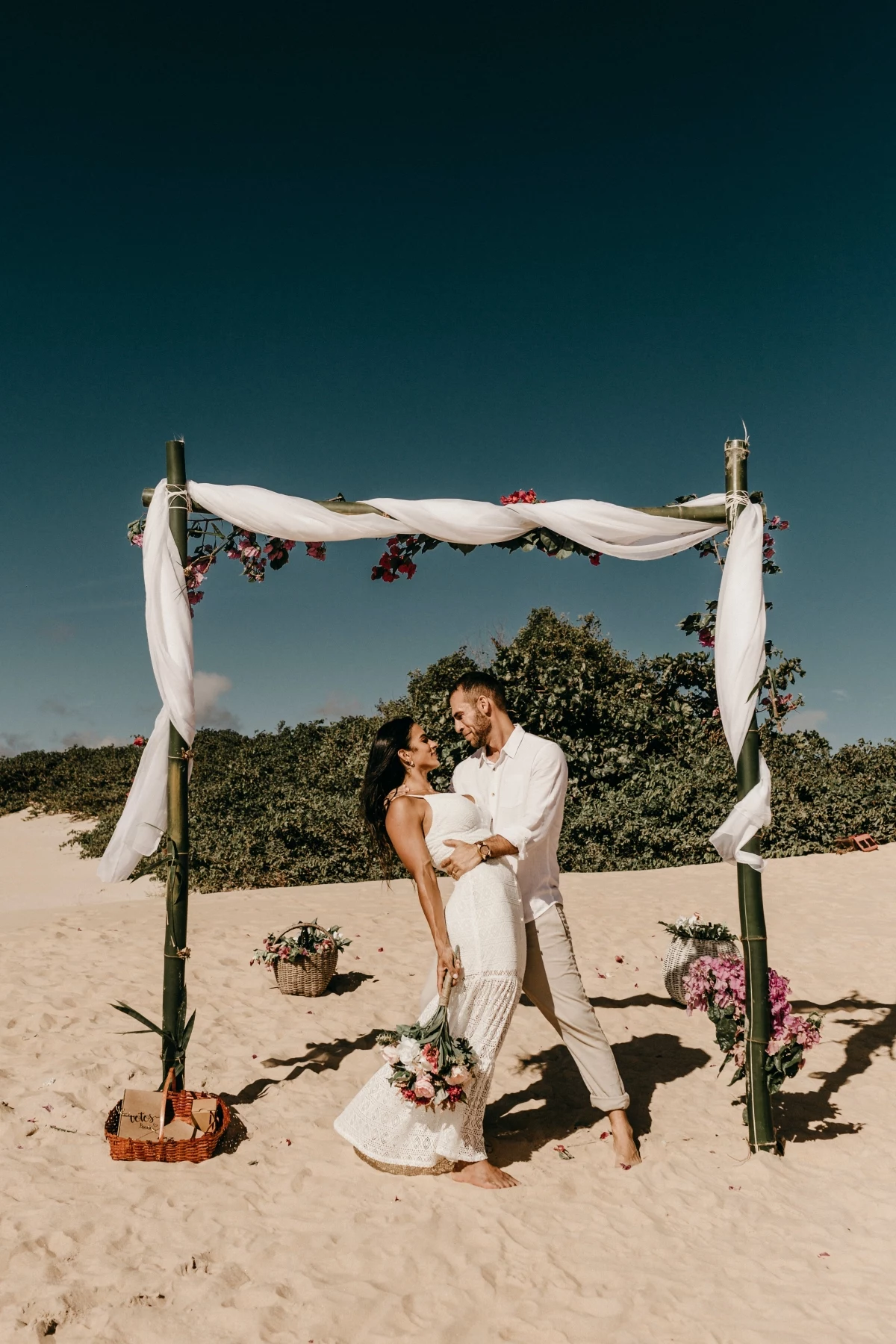
Part 1: The Foundation (The First Month is Everything)
Seriously, don’t rush this part. The decisions you make in the first 30 days are the blueprint for your entire wedding. Nailing this down now saves you a world of headaches later. This isn’t about frantically booking vendors; it’s about figuring out what you actually want.
First Things First: The Priorities Talk
Before a single dollar is spent, you and your partner need to have a real, honest chat. What are the top three things that truly matter to each of you? Forget what you see on social media or what your parents want. This is about you.
Here’s a little exercise I have all my couples do. Grab a pen and paper, and separately, rank these things from most important (1) to least important (10):
- Guest Experience (how your guests feel)
- Amazing Food & Drink
- Top-Tier Photography/Videography
- Live Band/Great DJ
- Your Attire (the dress, the suit)
- Flowers & Decor
- Venue Ambiance & Location
- Beautiful Invitations & Stationery
- The Wedding Cake
- Party Favors
Now, compare your lists. You might find your number one is a killer live band, while theirs is incredible food. This isn’t about winning; it’s about understanding each other. The spots where you align? Those are your non-negotiables. The spots where you differ? That’s where you practice the art of compromise. This simple list becomes your filter for every decision. When you’re agonizing over spending an extra $3,000 on flowers, you can ask, “Is ‘Flowers & Decor’ in our top three?” If not, the decision just got a whole lot easier.
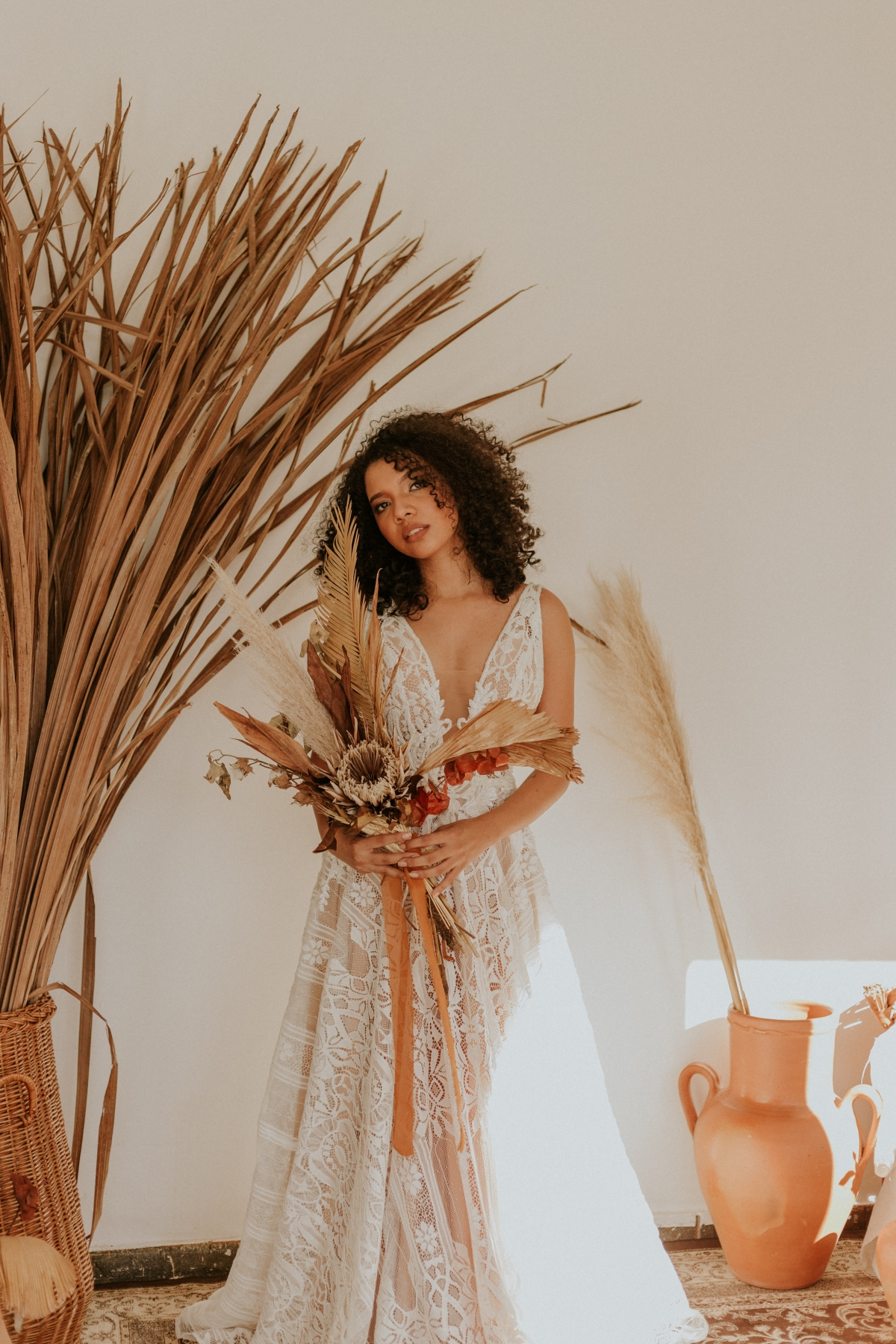
Let’s Talk Money: The Budget Reality Check
A wedding budget is a financial plan, not a wish list. If family is helping out, you need to have a respectful but direct conversation. Vague promises of “we’ll help” can cause serious tension down the road.
A simple script can help. Try something like: “Mom and Dad, we are so incredibly grateful for your offer to contribute to the wedding. To help us build a realistic budget from the start, it would be a huge help to know what specific amount you were comfortable with. That way, we can plan wisely and make sure every penny is put to good use.”
If you’re footing the bill yourselves, take a hard look at your finances. What can you realistically save each month? A word of warning from someone who has seen the aftermath: please do not go into major debt for one day. The stress it causes is a truly awful way to begin a marriage.
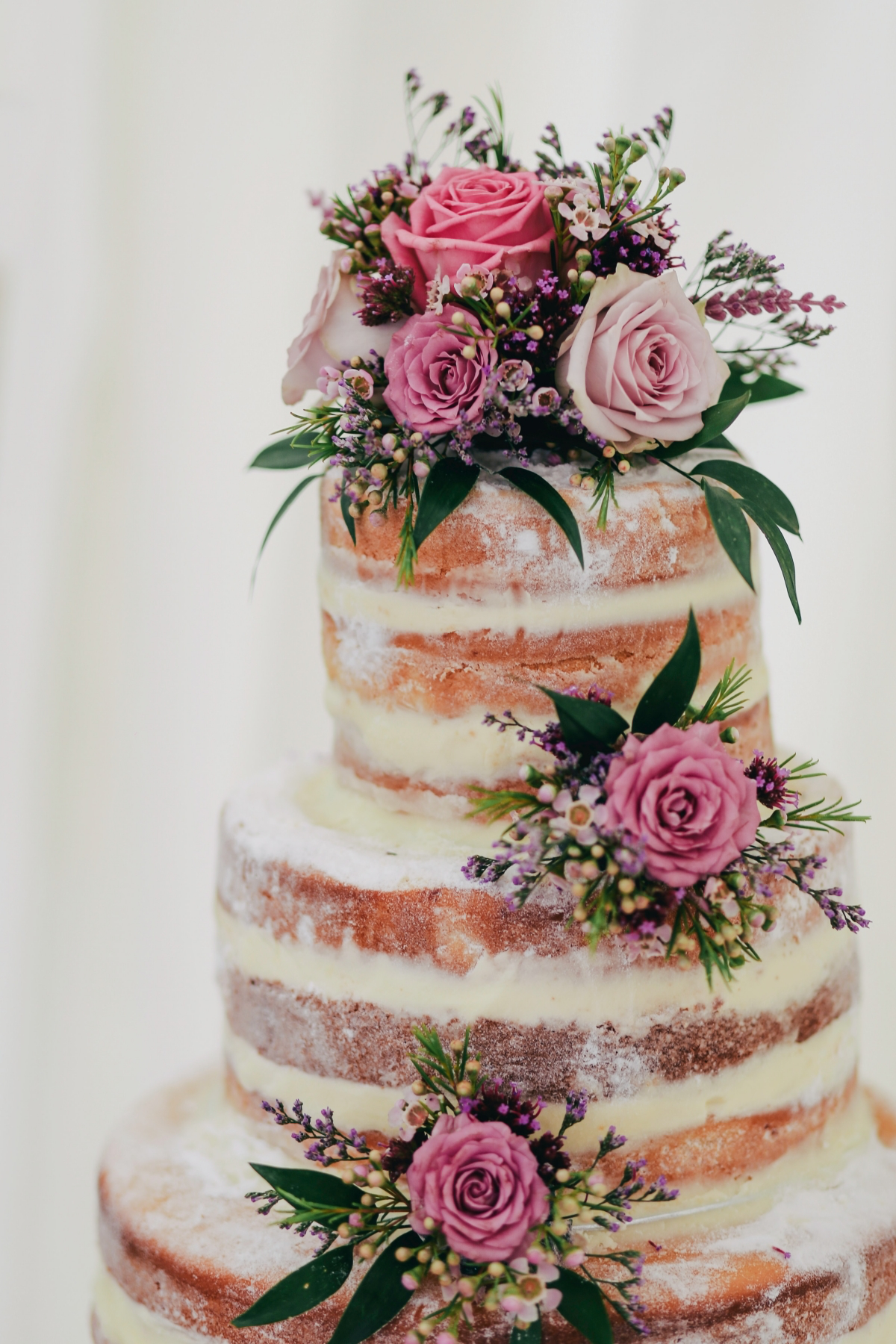
Once you have your total number, you need to know where it’s likely to go. Industry averages are a good starting point:
- Venue, Catering & Bar: This is the big one, usually 45-55% of your total.
- Photography & Videography: Plan for 10-15%.
- Music & Entertainment: Typically 8-10%.
- Flowers & Decor: Around 8-10%.
- Attire, Hair & Makeup: Set aside 5-7%.
- Invitations & Paper Goods: A smaller slice, about 2-3%.
Heads up! The Hidden Costs Are Real.
Almost everyone forgets this part. You absolutely MUST budget for taxes, service charges, and tips. A standard service charge from a caterer is often 20-25%. Let’s be clear: that is not a tip for the servers. It’s an operational fee for the catering company. On a $15,000 catering bill, that’s an extra $3,000-$3,750 you need to have ready. I always tell my clients to build a 5-10% contingency fund right into the budget for these surprises, because they always, always happen.
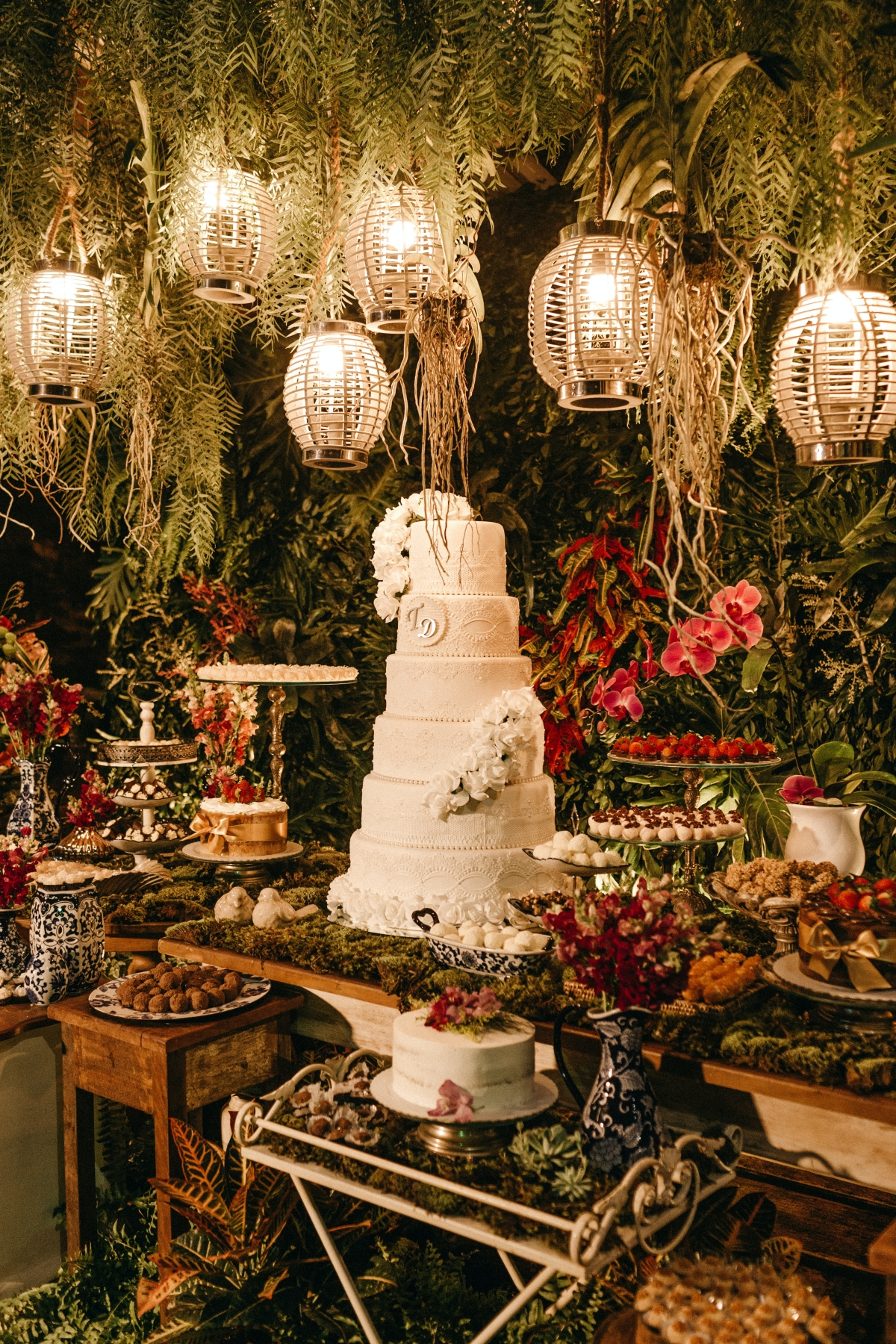
The Guest List: Your Biggest Budget Decision
Your guest count drives almost every single cost. You can’t get accurate quotes without it. For example, let’s say your per-person catering cost is $150. Cutting just 10 people doesn’t just save you $1,500 on food. It also saves you the cost of 10 chairs, one table centerpiece, 10 invitations (plus postage!), and maybe even one less linen rental. That one small cut could easily save you closer to $2,000.
So, get practical and make three lists:
- The A-List: Your ride-or-dies. The people you simply can’t imagine celebrating without.
- The B-List: Close friends and family you’d love to have there if the budget and space allow.
- The C-List: This is often the list of guests your parents hope to invite. Have a clear conversation early about how many of these invitations you can accommodate.
Be united as a couple and set your rules early. For example, will you give every single guest a plus-one, or will you stick to a “no ring, no bring” policy for couples who aren’t married or in a long-term, established relationship? Consistency is your best friend in avoiding hurt feelings.
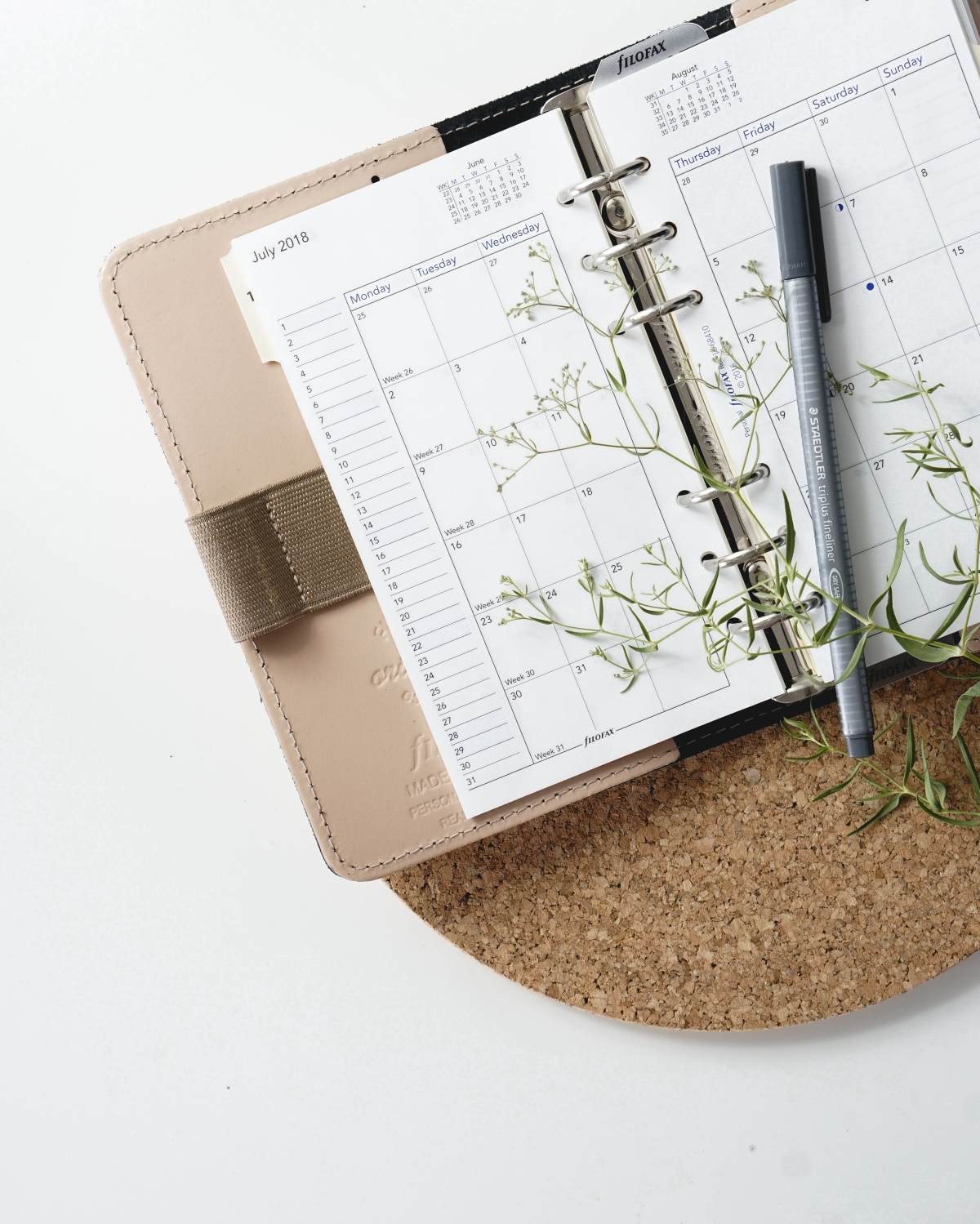
Part 2: The Core Structure – Booking Your Anchor Vendors
With your foundation set, it’s time to book the big players. For popular seasons (think fall and early summer), these vendors get booked 12-18 months out. So, let’s get moving.
Choosing a Venue: All-Inclusive vs. A Blank Canvas
Your venue is more than just a backdrop; it’s a massive logistical choice. You’re generally picking between two paths.
The All-Inclusive Route: On-Site Venues
Think hotels, country clubs, or full-service banquet halls. These spots are popular for a reason—they simplify things. They usually provide the catering, bar, tables, chairs, linens, and staff all in one package. The upside is convenience; you have fewer vendors to manage. The downside? Less flexibility, and you have to be vigilant about what’s really included. Does their package cover a cake-cutting fee (often $2-$5 per slice)? Are you stuck with their basic, scratchy linens unless you pay for an upgrade?
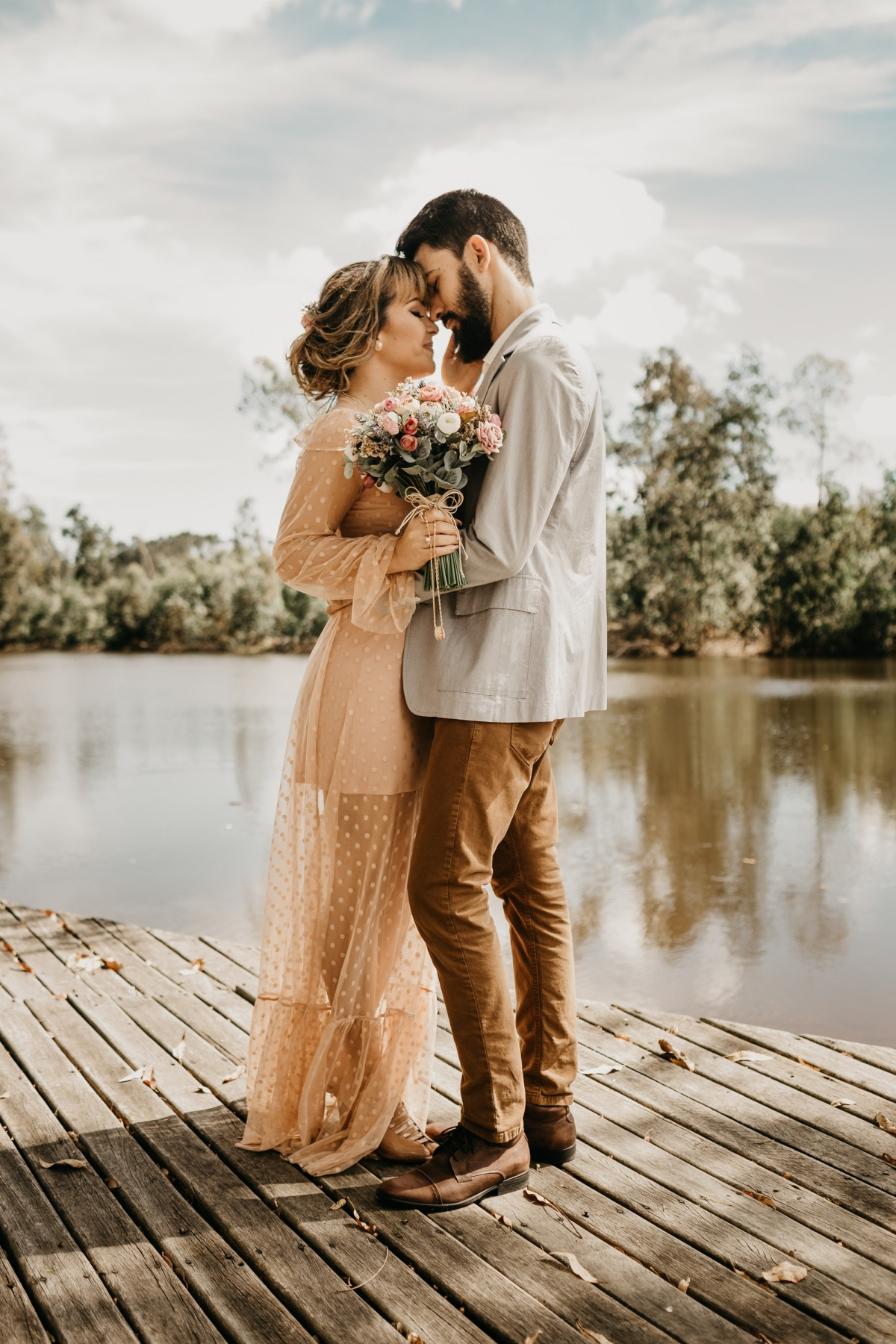
The Blank Canvas: Off-Site Venues
This is your barn, your industrial loft, your art museum. These places offer tons of creative freedom but are a logistical beast. You rent the space, and that’s it. You have to bring in everything else—caterers, tables, chairs, plates, forks, staff, and sometimes even portable restrooms or a generator for power. I once planned a wedding in a gorgeous open field. It was stunning, but the bill for the kitchen tent, flooring, lighting, and cooking equipment alone was almost $15,000 before we even talked about food. This route is for couples who love creative control and have the budget and organizational skills to match.
Oh yeah, good to know: the person you work with at a venue is an on-site coordinator. Their job is to protect the venue’s interests. They are not your personal wedding planner. A planner works for you. It’s a critical difference.
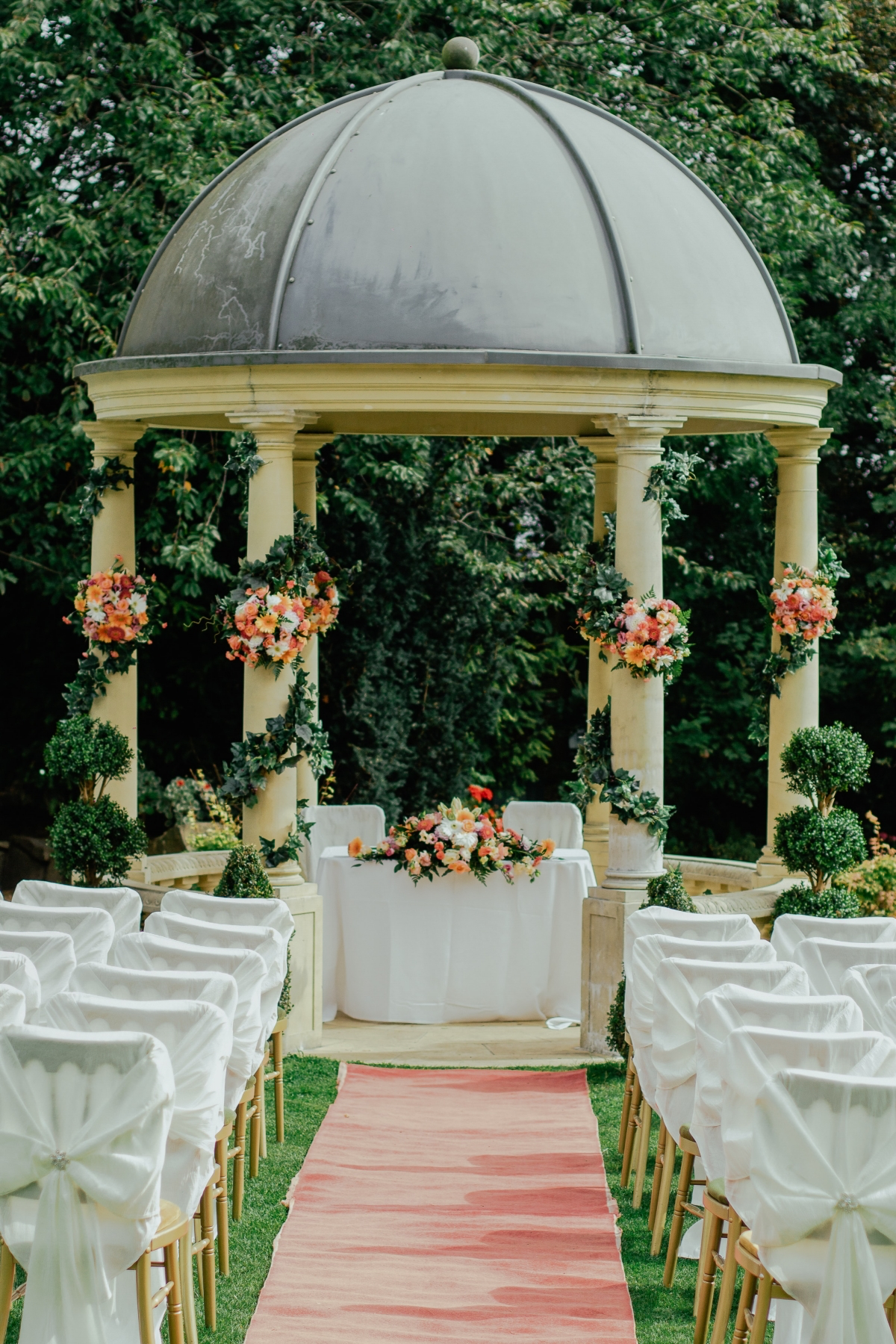
Finding Your Visuals Team: The Photographer & Videographer
When the cake is eaten and the music fades, your photos and videos are what you have left. This is not the place to cut corners. The best pros book up fast.
So, where do you find them? Start by looking at venues you like on Instagram and see who they tag in their photos. Ask recently married friends whose photos you love. When you find a style you like, don’t just look at their highlight reel. Ask to see a full gallery from a recent wedding. This shows you how they handle the whole day—from the messy getting-ready moments to the tricky low-light reception. A red flag is any photographer who is hesitant to share a full gallery.
Part 3: The Creative Layer – Making It Feel Like You
Once your main vendors are locked in (usually around the 6-10 month mark), you can start layering in the personality.
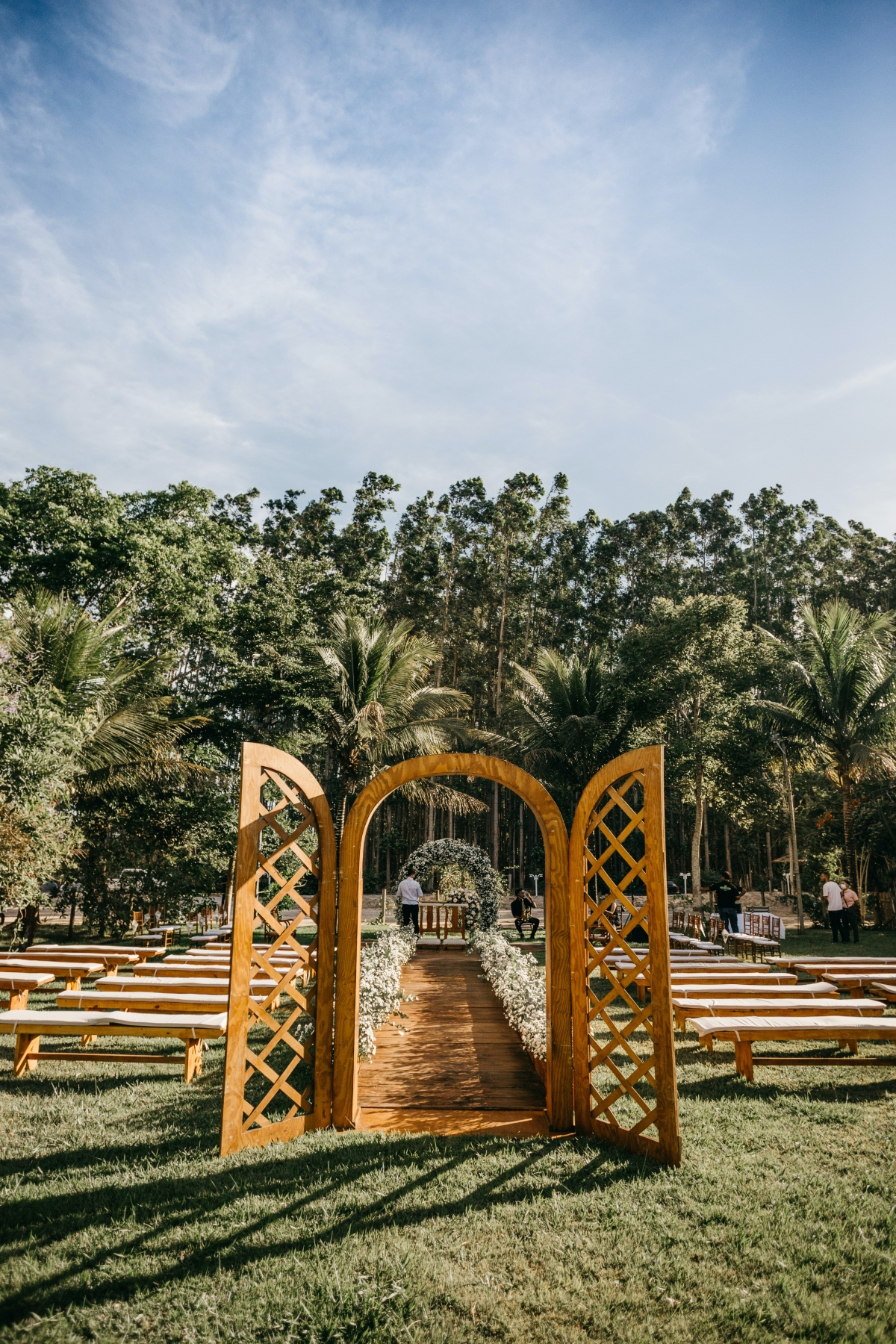
Finding Your Look: A Masterclass in Patience
A traditional wedding gown isn’t something you buy off the rack. It’s often custom-ordered and can take 6-9 months to arrive. Then, you’ll need another 2-3 months for alterations. That means you should start shopping about a year out and place your order no later than nine months before the big day.
And please, budget for alterations! They are almost never included in the price of the dress and can easily cost anywhere from $500 to $1,000, or even more for complex work.
Quick tip for dress shopping: Wear nude, seamless underwear and bring shoes with the heel height you plan to wear. It makes a world of difference in how a dress looks and feels when you try it on!
The Vibe Team: Music and Flowers
Your DJ or bandleader is the MC for the night. A great DJ reads the room and keeps the party going. A live band brings incredible energy but costs more and has a more limited playlist. Either way, make sure you see them in action (live or via unedited video) before you sign a contract.
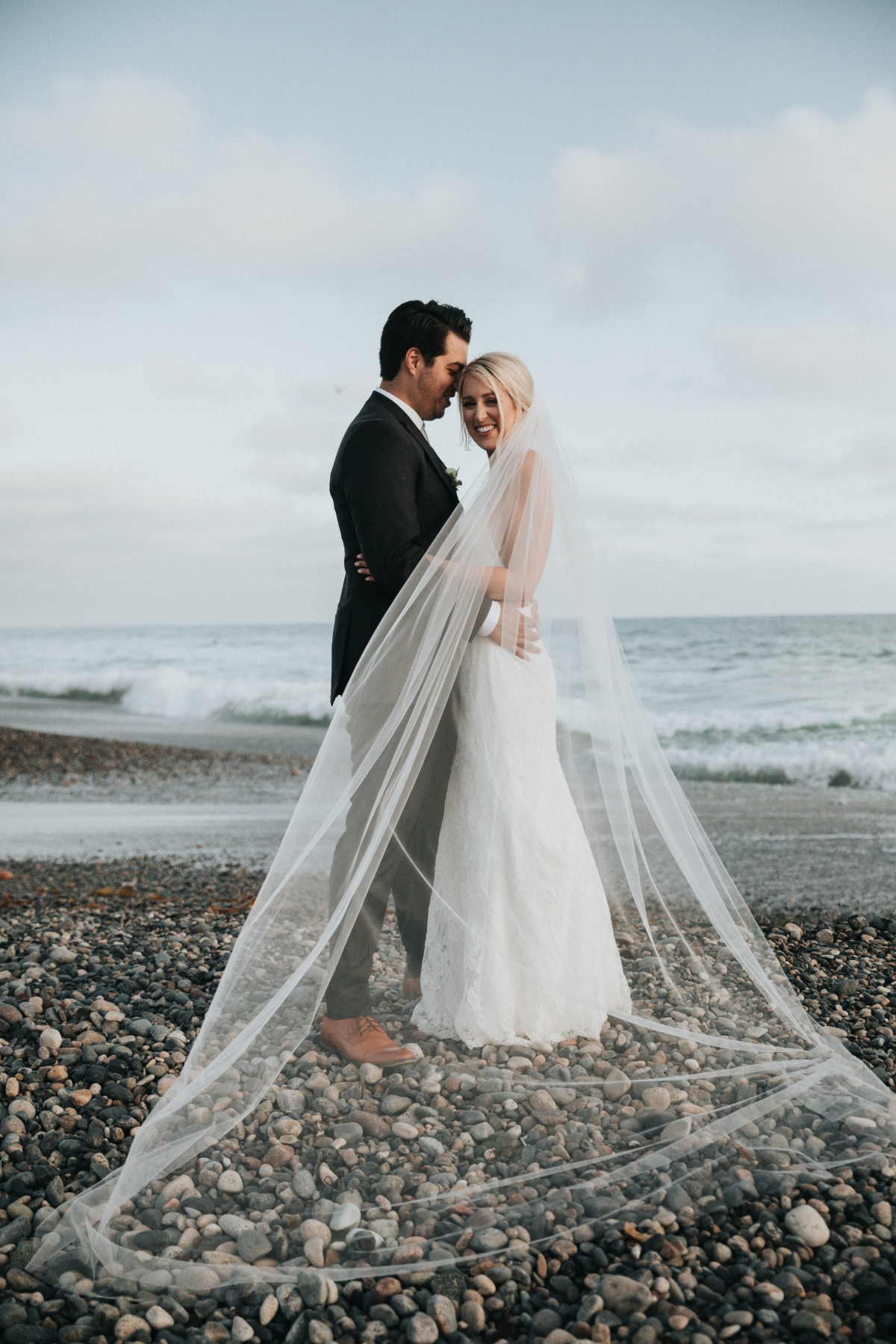
For florals, be upfront with your florist about your budget. A good designer will offer brilliant solutions, like repurposing ceremony arrangements for the reception or using beautiful, lush greenery to make a few expensive, high-impact blooms really pop. I’ve seen pros make a $5,000 floral budget look like it was $10,000 with smart, seasonal choices.
Part 4: The Final Details (The Last 3 Months)
This is where it all comes together. It’s about logistics, communication, and checklists.
The Day-Of Timeline: Your Wedding Day Bible
The timeline is arguably the most important document for a stress-free day. This isn’t just a list of events; it’s a minute-by-minute logistical plan for everyone involved. To give you an idea of the detail, here’s a tiny snippet:
- 2:30 PM: Photographer arrives for detail shots (dress, rings, invitations).
- 2:45 PM: All bouquets and boutonnieres arrive at the bridal suite.
- 3:00 PM: Partner A gets into dress. (Mom and Maid of Honor only in the room, please!)
- 3:30 PM: First Look in the hotel courtyard. (Coordinator to clear the area.)
Distribute a final version to your vendors and wedding party the week before. Trust me, it prevents a million questions on the day of.
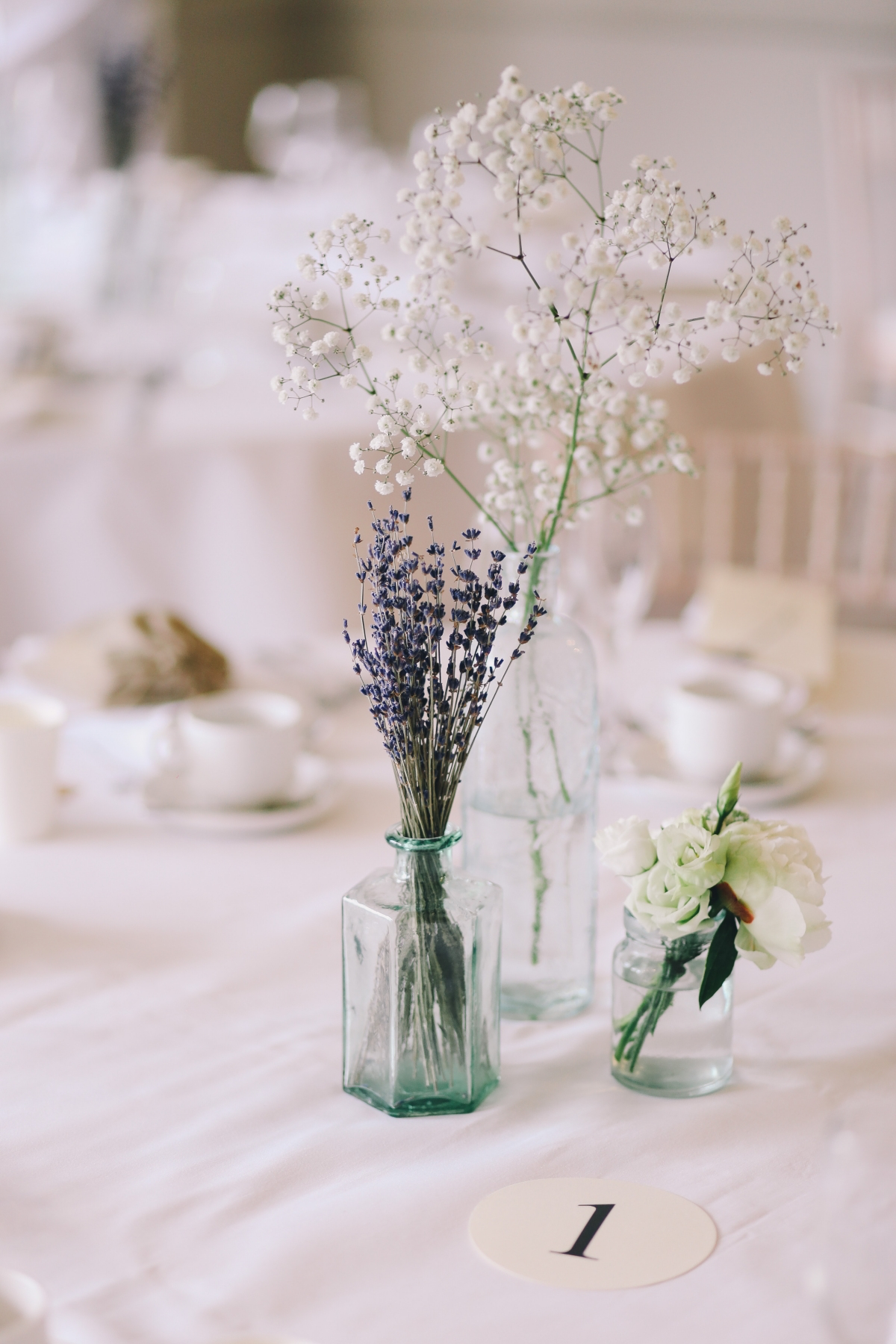
The Not-So-Fun Stuff: Last-Minute Tasks
Don’t forget you actually have to get legally married! Research your state’s marriage license requirements. There’s often a waiting period, and the license is only valid for a certain window (like 60 or 90 days), so plan accordingly.
This is also the time to track down final payments, provide final guest counts to the caterer, and assemble a wedding day emergency kit. I never show up to a wedding without one. It’s saved the day more times than I can count.
A lesser-known trick: Your emergency kit should be epic. Pack it with things you’d never think of until it’s too late. Here’s a solid starter list:
- Zip ties (for a broken bustle)
- A mini sewing kit and safety pins
- A stain-remover pen (like a Tide to Go)
- Pain relievers and allergy meds
- Blister block or band-aids
- Fashion tape
- Portable phone chargers and extra cables
- And for the love of all that is holy, pack SNACKS and water!

Part 5: The Wedding Week and Letting Go
Your job as a planner is over. It’s time to just enjoy it.
If you don’t have a professional coordinator, designate one hyper-responsible friend or family member to be your day-of point person. Give them the timeline, vendor contacts, and any final payment envelopes. Your only job is to be present.
And listen, something will probably go a little sideways. The cake might be delivered with a small smudge. A groomsman might forget his tie. I once had a groomsman send in completely wrong measurements, and we were scrambling for new pants an hour before the ceremony. But you know what? We found them, and he walked down the aisle. In the grand scheme of things, these little hiccups don’t matter.
The goal isn’t a flawless event. The goal is a joyful marriage. Take a moment during the reception, grab your new spouse, and just watch your guests for a minute. See all those people, there for you. That’s the memory that will stick with you forever.
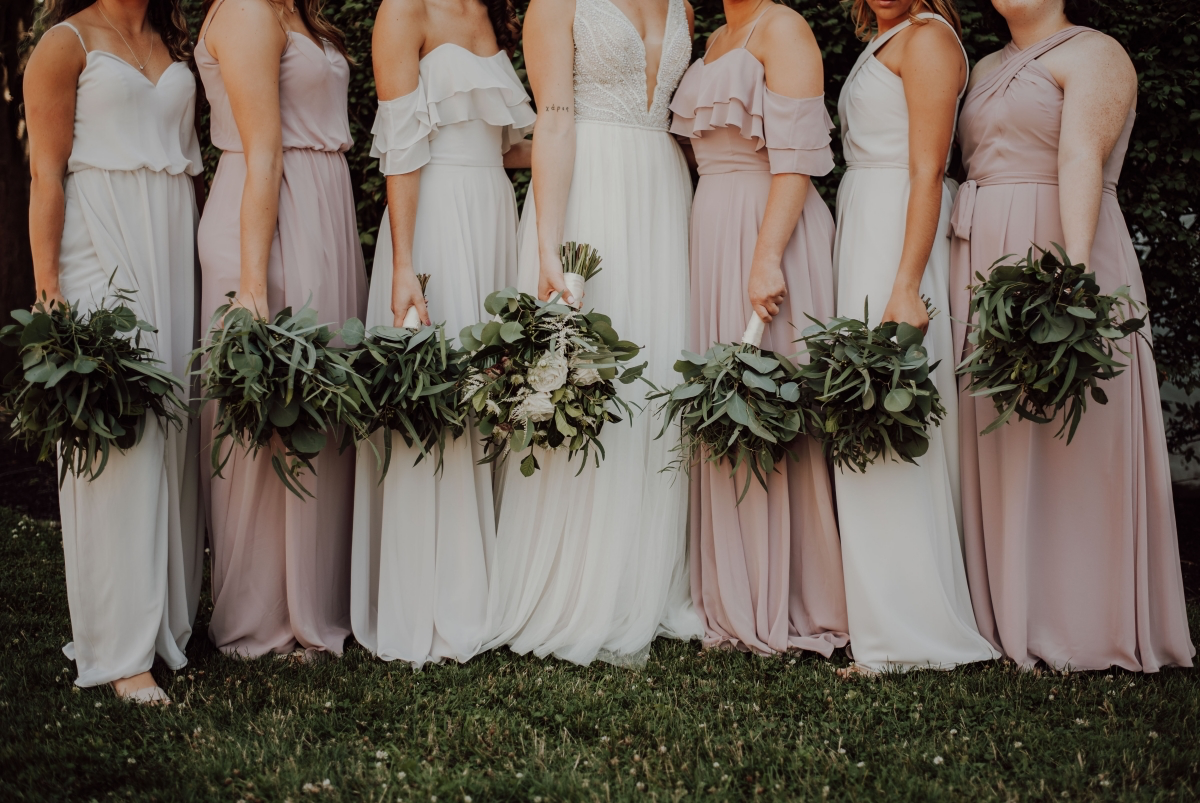
Inspiration:
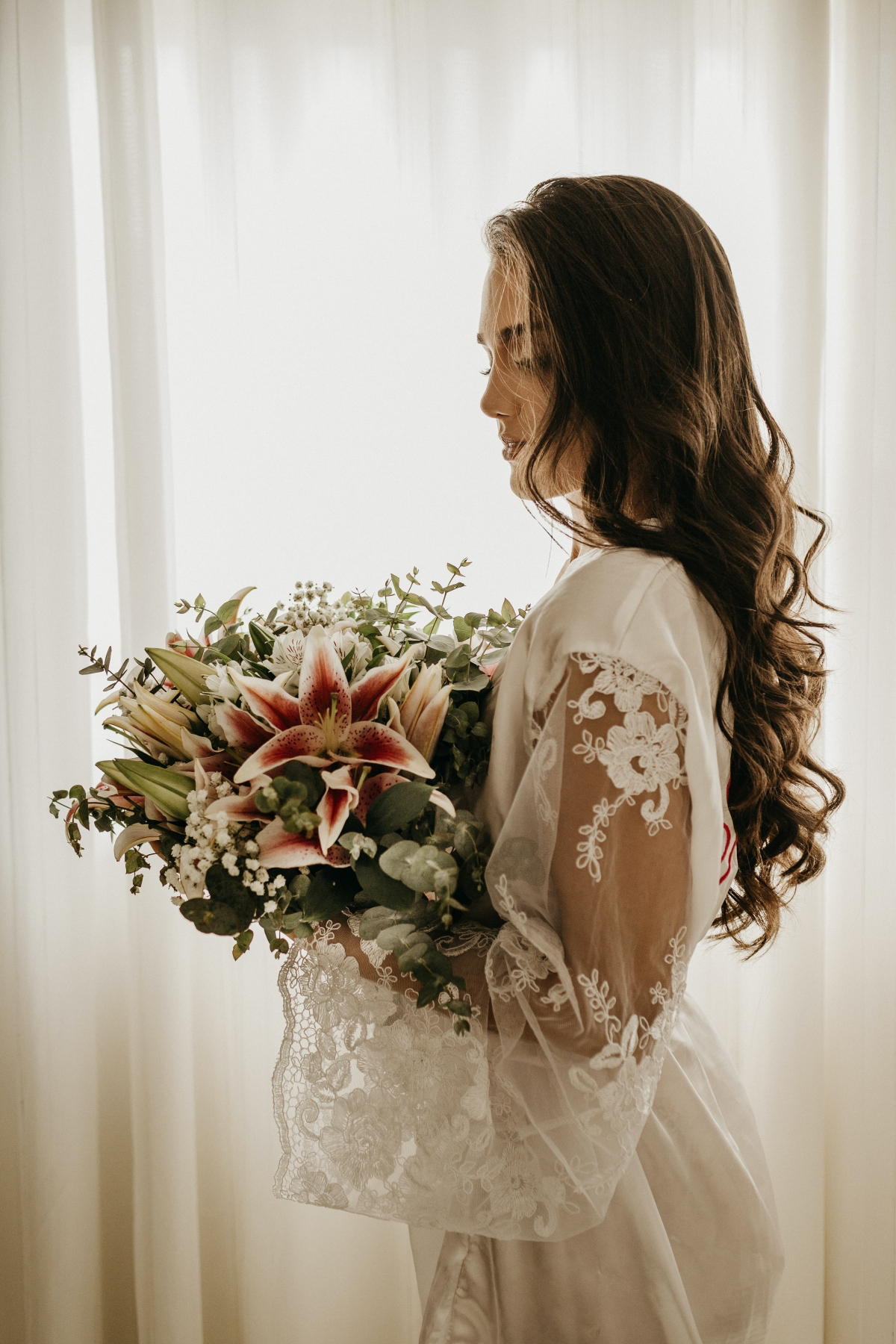
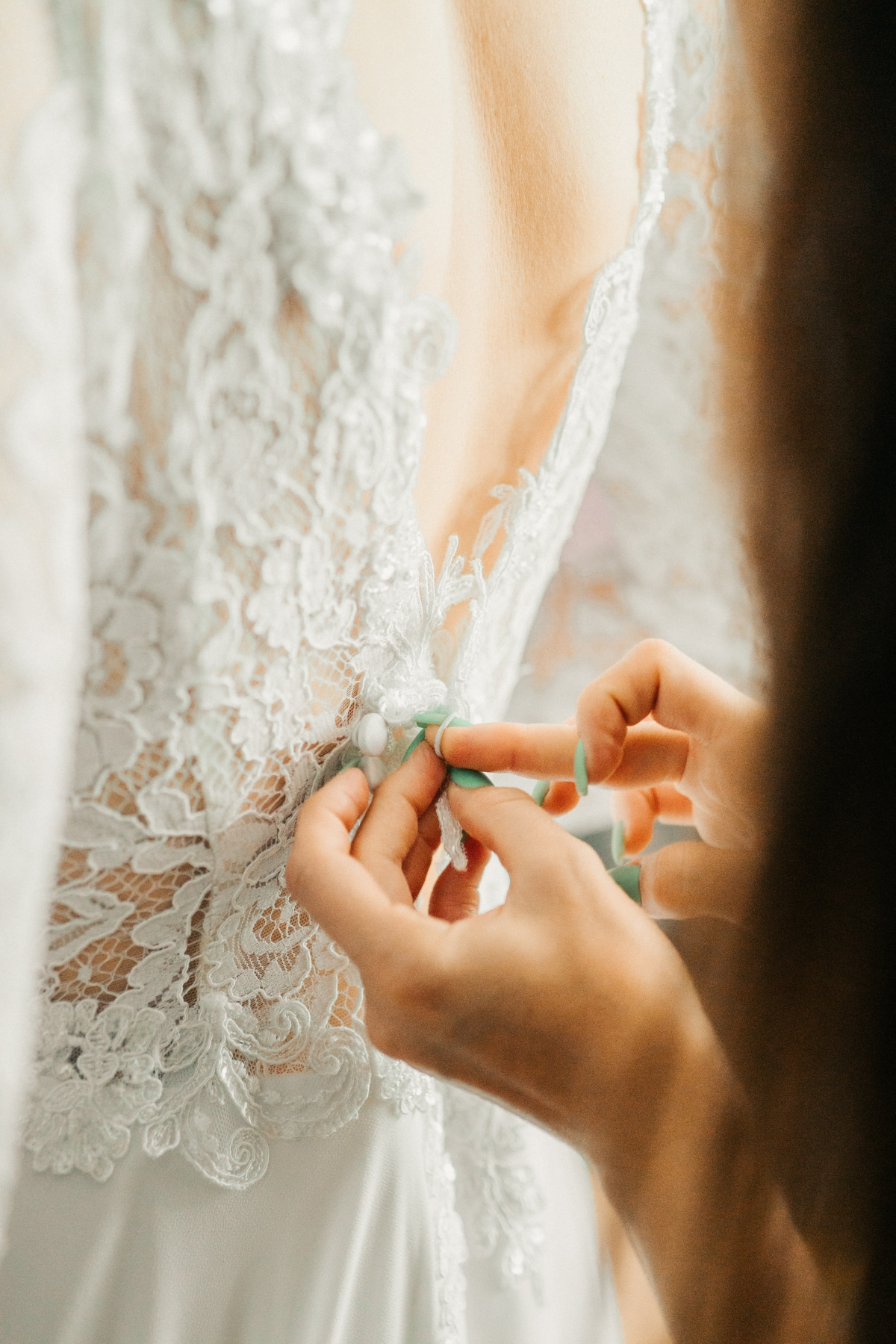
When finalizing your guest list, create an “A-List” and a “B-List.” The A-List consists of your must-have guests who receive the first round of invitations. As RSVPs come in with “no” responses, you can then send invitations to your B-List guests without having to un-invite anyone or go over your venue’s capacity. It’s a delicate but highly effective strategy.

- Create a memorable, sensory experience with a signature scent.
- Ensure guests feel taken care of from the moment they arrive.
- Give them a moment of quiet delight before the festivities begin.
The secret? A well-curated welcome bag. Include a local snack, a bottle of water, a weekend timeline, and a small, thoughtful item like a high-quality hand sanitizer or a local artisan soap.
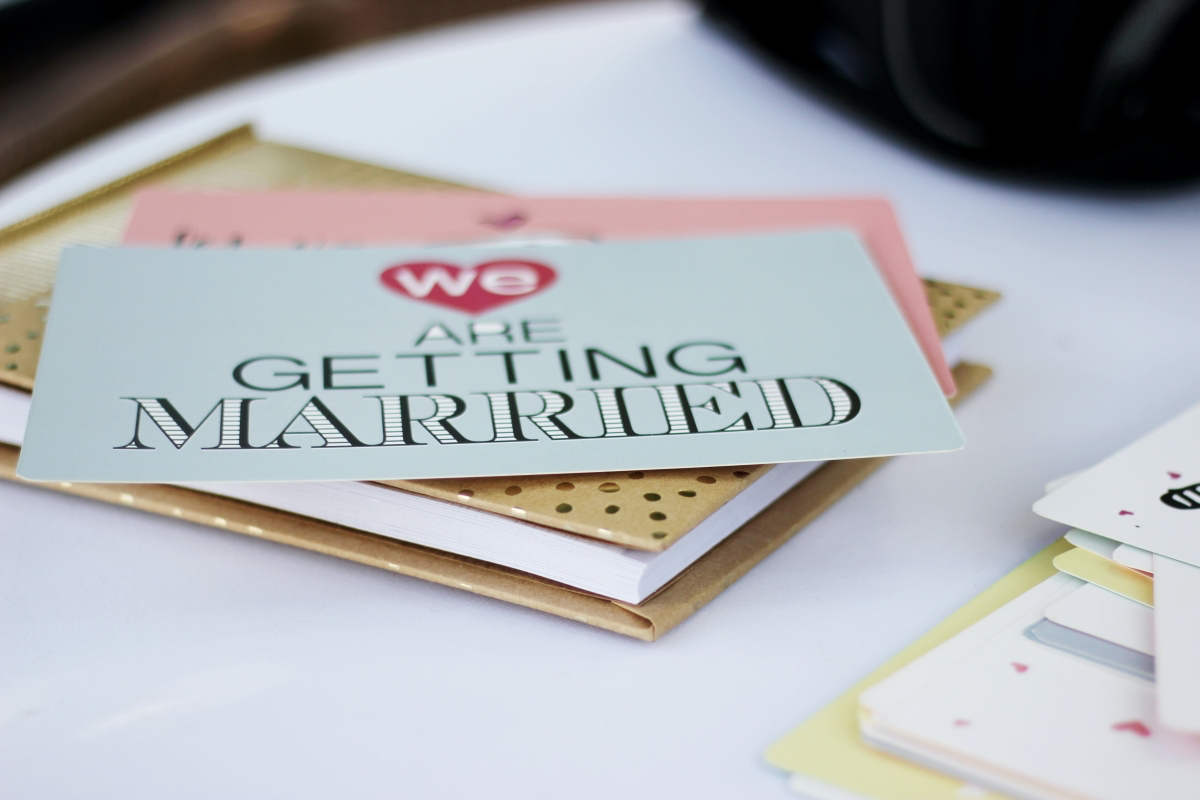
The average U.S. wedding produces 400 lbs of garbage and 63 tons of CO2.
This staggering statistic from the Green Bride Guide highlights the environmental impact of a single day. You can make a difference by choosing local and seasonal flowers, opting for digital invitations through services like Paperless Post, and working with caterers who prioritize sourcing local ingredients and composting waste.
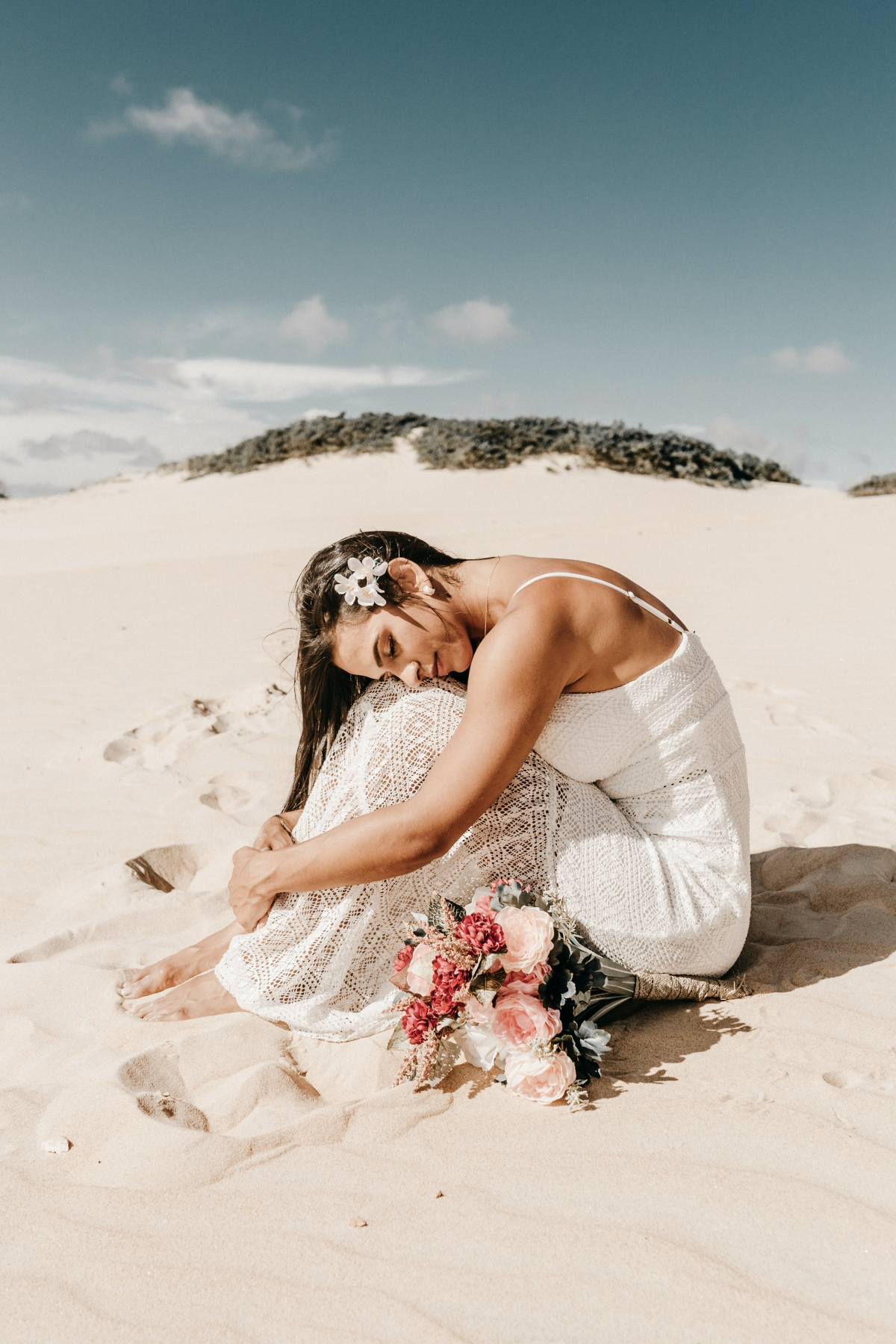
Light & Airy Photography: Characterized by soft light, bright whites, and pastel color palettes. It feels romantic, classic, and ethereal, perfect for daytime or garden weddings.
Dark & Moody Photography: Uses shadow, deep contrast, and rich, saturated colors to create a dramatic, cinematic feel. This style excels in historic venues, evening celebrations, or for couples wanting an edgier, more artistic look.
Ultimately, choose the style that best reflects the atmosphere you want to remember.
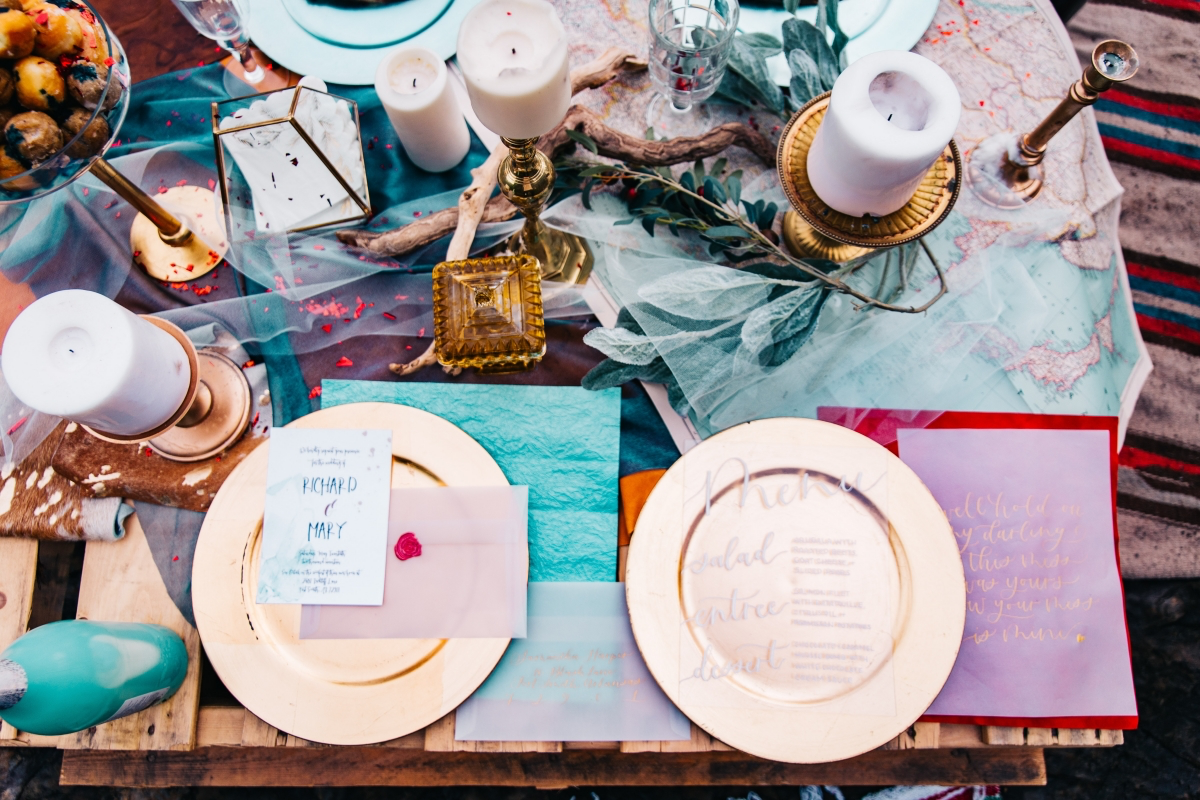
What’s the one conversation couples often forget to have with their DJ or band?
It’s the “Do Not Play” list. While your requested songs set the vibe, the forbidden tracks are just as crucial for preventing mood-killers. Be specific. Whether it’s overplayed line dances, a song with a painful memory, or a genre you both dislike, clearly communicating your DNP list ensures the soundtrack to your night is flawless.

Go beyond a simple Pinterest board to define your wedding’s aesthetic. A true mood board should engage all the senses. Include:
- Textures: Swatches of fabric like velvet or linen, or a piece of heavy cotton paper for stationery.
- Colors: Paint chips from brands like Farrow & Ball or Benjamin Moore to see true tones.
- Words: Adjectives that capture the feeling you’re after, like “Lush, Intimate, Effervescent.”
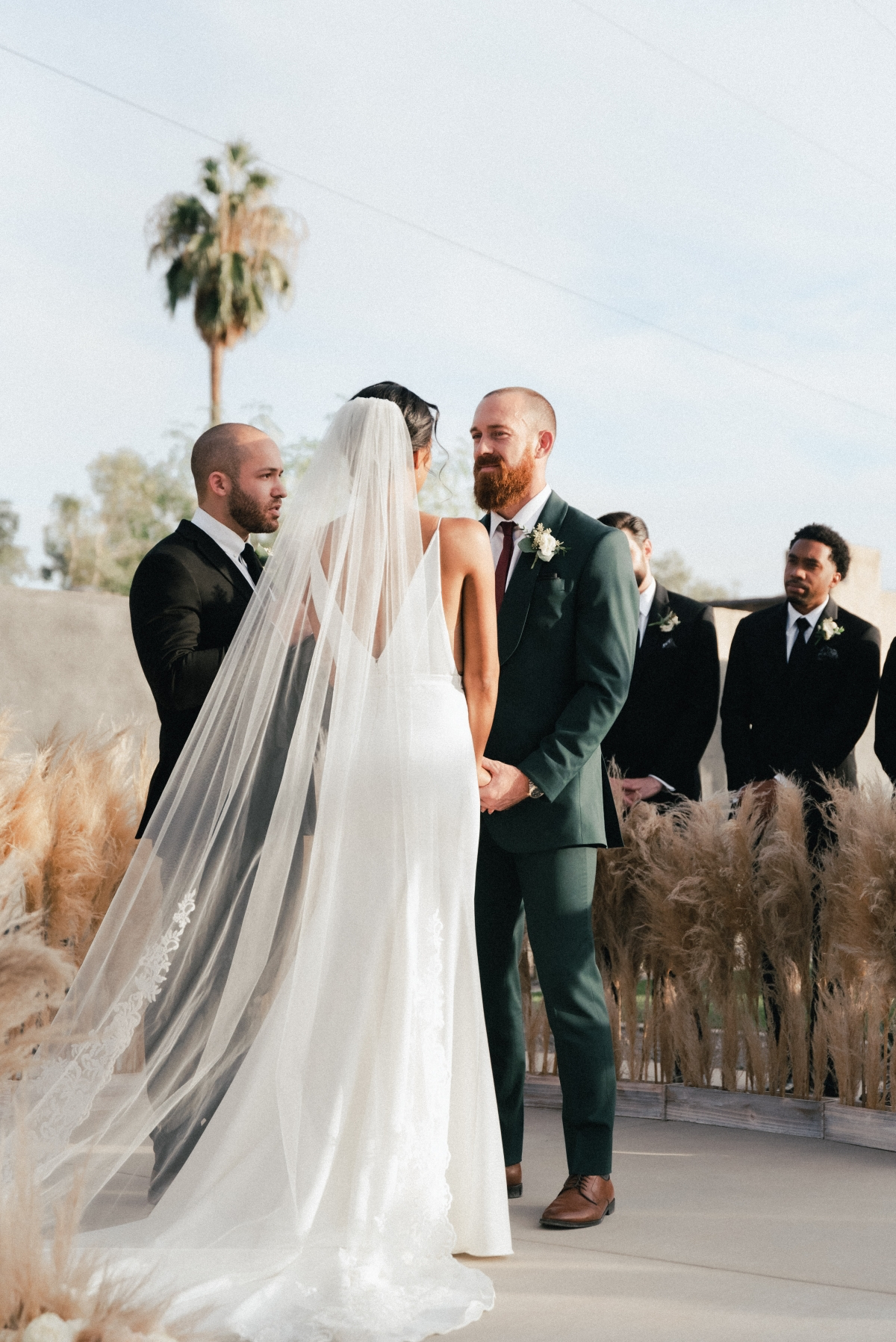
Crucial detail: Don’t forget to budget for vendor meals. Your photographer, videographer, wedding planner, and band members will be working for 8+ hours. They need to eat. Check your vendor contracts—most will require a hot meal. Plan for this with your caterer; it’s a sign of respect and ensures your team stays energized.
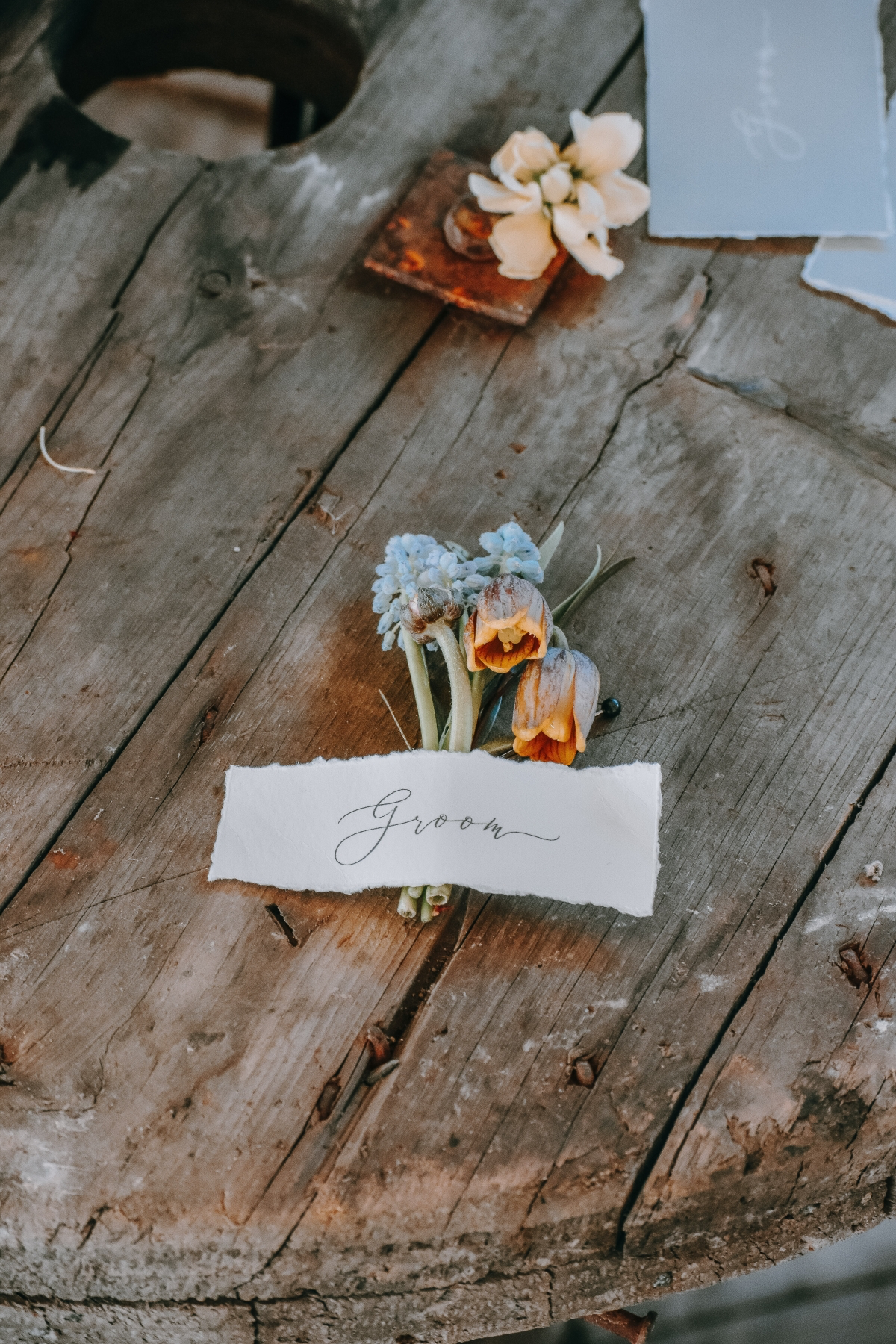
- Reduces your final bar tab significantly.
- Prevents over-consumption and keeps the party classy.
- Still offers guests a celebratory, complimentary experience.
The secret? A “limited” bar instead of a full open bar. Offer just beer, wine, and one or two signature cocktails (a “His” and “Hers,” perhaps). You provide the fun without funding every possible spirit preference.
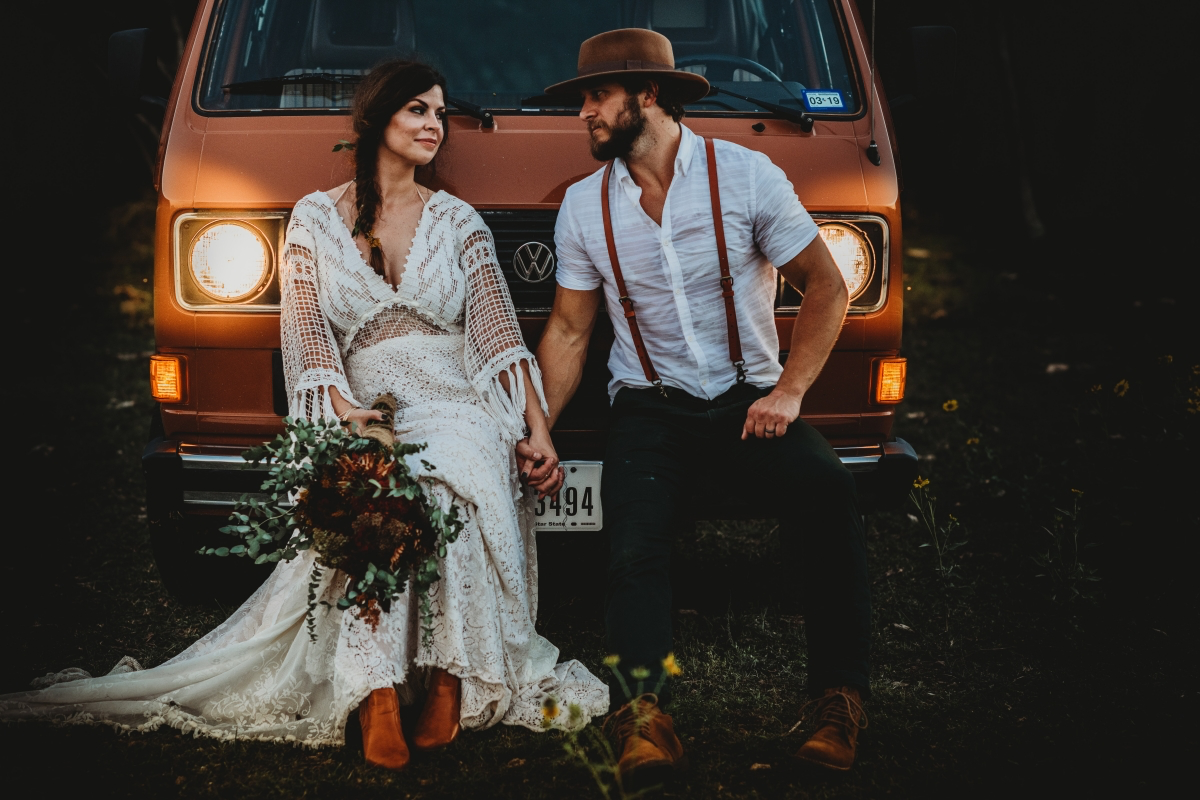
In Japan, it’s a tradition for the bride and groom to perform ‘san san kudo,’ a sake-sharing ritual where they each take three sips from three different cups. The sips represent heaven, earth, and humankind, as well as the union of two families.
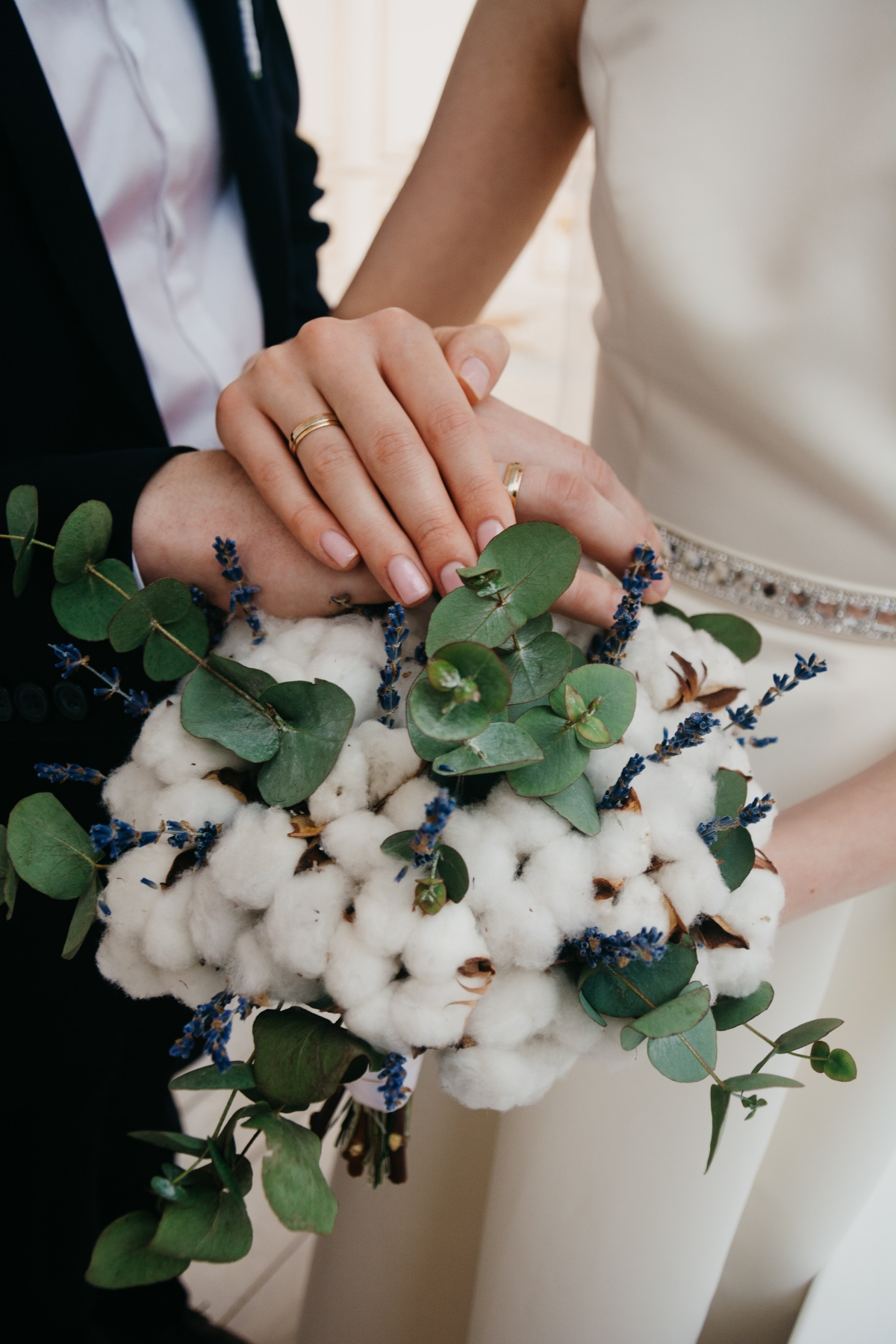
Food trucks aren’t just for casual backyard affairs anymore. High-end, specialized trucks—from wood-fired pizza ovens and gourmet taco stands to mobile oyster bars and crêpe stations—can provide an interactive and memorable late-night snack or even a full dinner service. It’s a fantastic way to surprise guests and inject personality into your reception.

Can the paper for our invitations really make a difference?
Absolutely. The weight and texture of your invitations set the first tangible impression of your wedding. A heavy, 110lb+ cotton stock from a supplier like Paper Source feels luxurious and traditional. For a more modern and ethereal look, consider layering vellum over a simple card. The material speaks volumes before a single word is read.
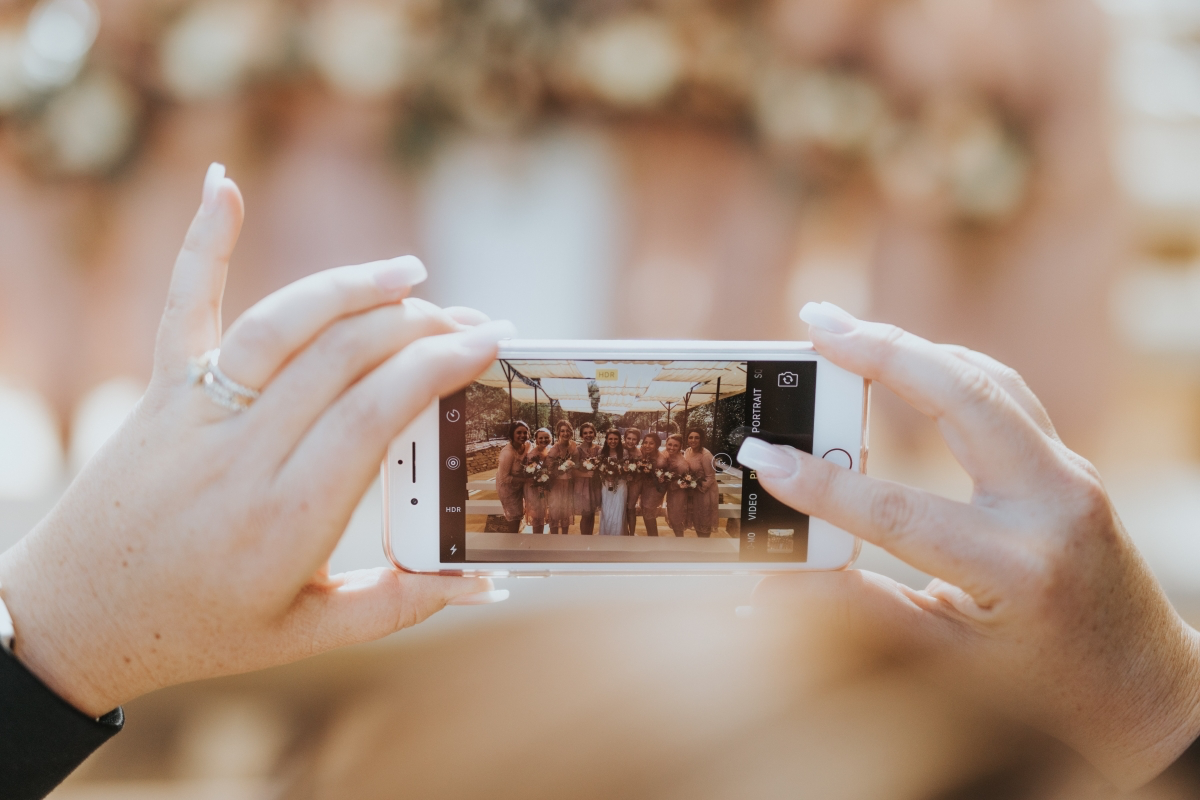
- License & Insurance: Ask for proof of liability insurance. A professional vendor will have it; a friend with a camera won’t. This protects you if their equipment damages the venue or someone gets hurt.
- Backup Plan: What’s their plan for sickness, equipment failure, or a corrupt memory card? Pros have backup gear and networks of other professionals to cover for them.
- Contract: A contract protects both of you. It outlines deliverables, timelines, and payment schedules, preventing misunderstandings down the line.
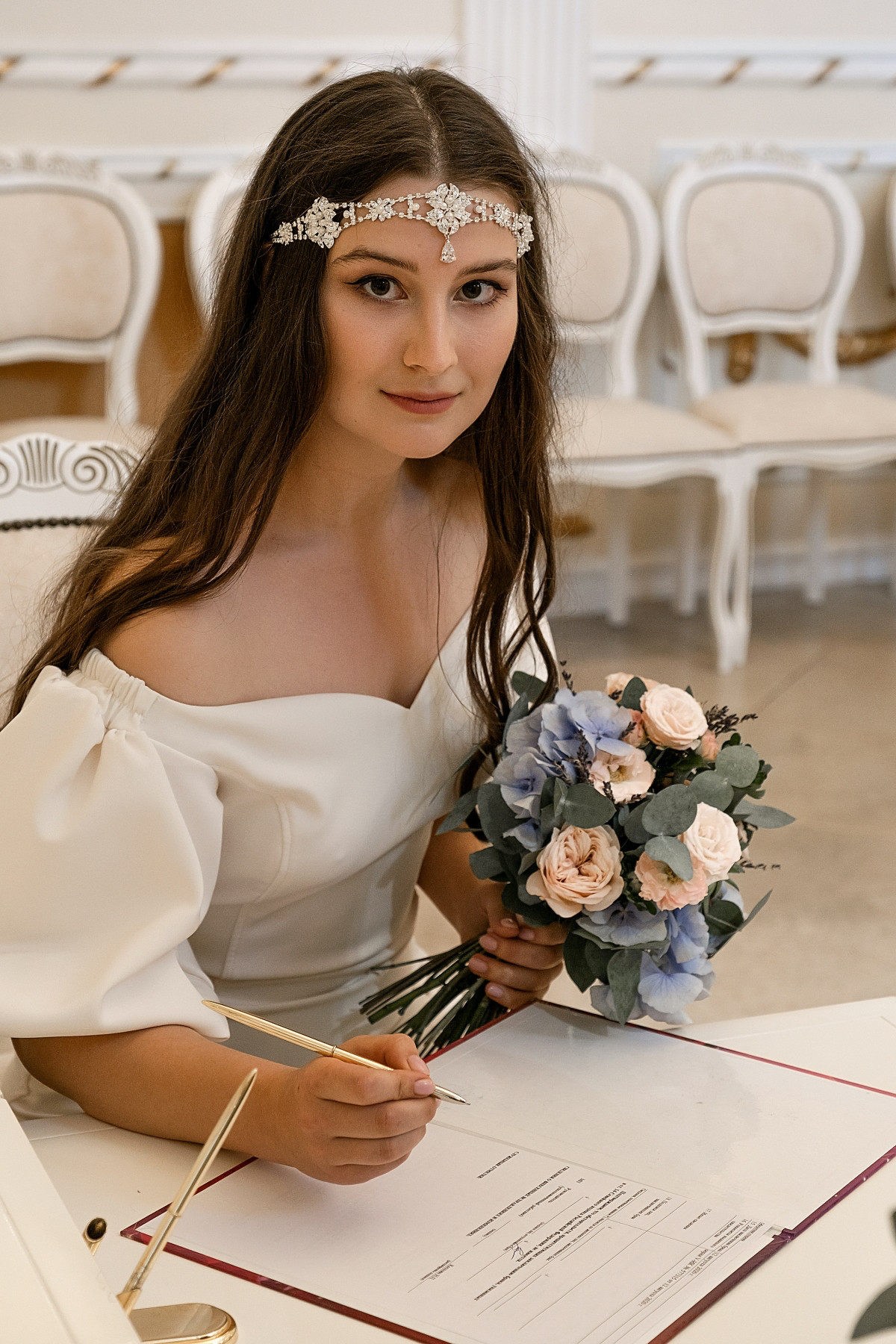
As the night winds down, ask your planner or DJ to clear the reception space for one final, private dance. While your guests line up for the send-off, you and your new spouse get the entire room to yourselves for one last song. It’s an incredibly intimate, powerful moment to soak it all in before the grand exit.

Think beyond the book: A traditional guest book is often stored away and forgotten. For a more interactive and display-worthy alternative, have guests sign a vintage globe, a pair of wooden skis for a mountain wedding, or Jenga blocks with well-wishes. You’ll be reminded of their love during future game nights.

According to a study by Emory University, our sense of smell is the only sense with a direct link to the brain’s limbic lobe, which controls memory and emotion.
Harness this by scenting your wedding. Use a specific candle fragrance from a brand like Diptyque or Jo Malone in the entryway and bathrooms, or incorporate a particular herb like rosemary or lavender into your floral arrangements. That scent will forever transport you and your guests back to your day.
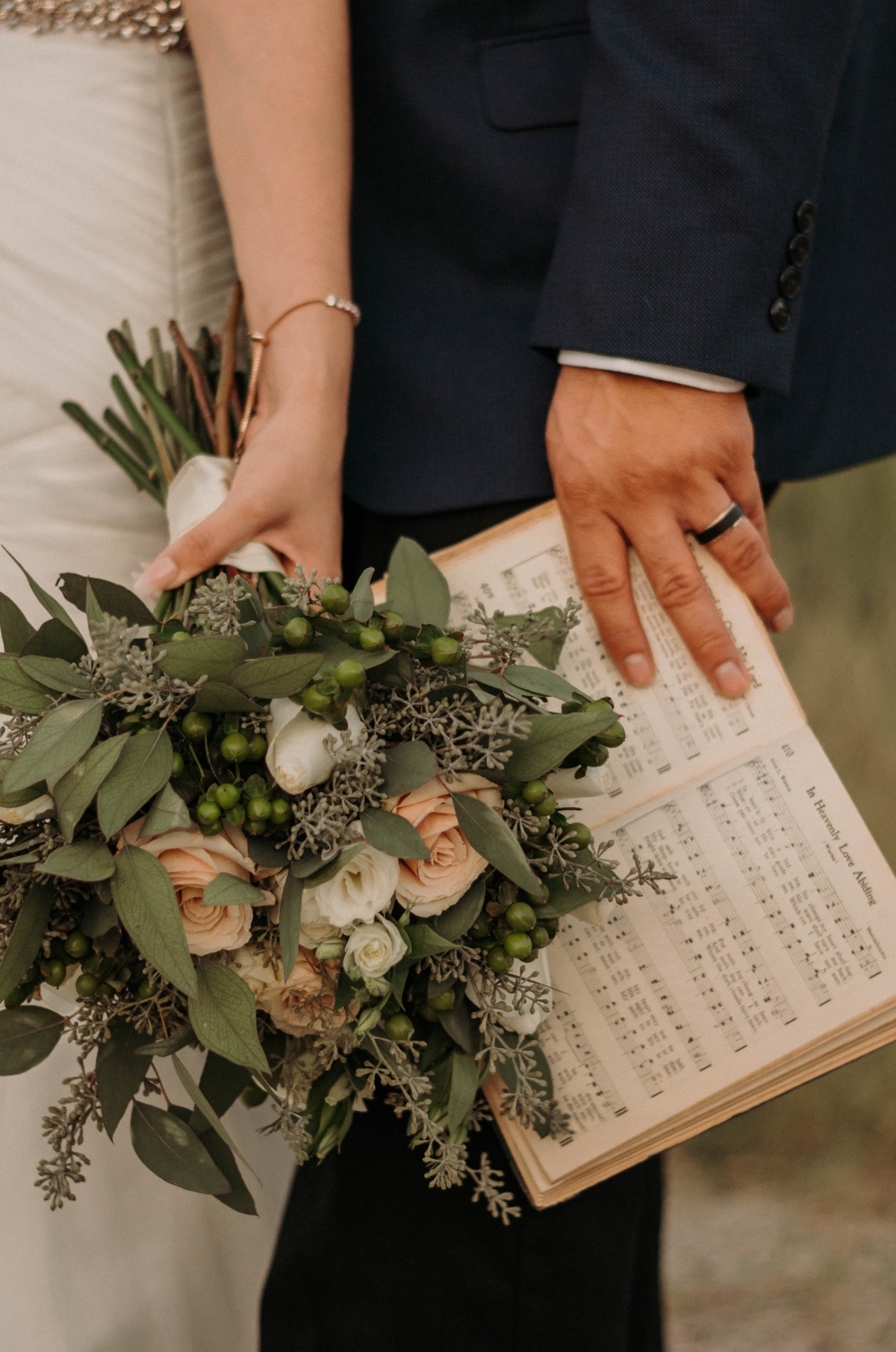
The #1 Budget Saver: Trimming the guest list. It’s the hardest but most effective decision. Every guest adds costs for catering, bar service, rentals (chairs, plates, glasses), and centerpieces. Cutting just 10 guests can save you over a thousand dollars, freeing up funds for that photographer or band you truly love.

Your wedding website is the central hub for guest information. Make sure it’s clear and comprehensive to reduce last-minute texts and calls. Essential pages to include on your site (whether using The Knot, Zola, or another service) are:
- Event Details (date, time, addresses for ceremony/reception)
- Travel & Accommodations (hotel block info, airport details)
- Registry Links
- An FAQ page (dress code, plus-ones, kids, parking)

How much can we really save with an “off-season” wedding?
A lot. Venues and vendors are in high demand from May to October. By booking a wedding in a less popular month like January, February, or March, you can see significant savings. Many venues offer 15-20% discounts on their packages, and you’ll find photographers and other vendors have more availability and may offer better rates. A Friday or Sunday wedding provides similar savings year-round.

Instead of rice (which can be harmful to birds) or plastic-based confetti, consider an eco-friendly grand exit. Bubbles, dried lavender or rose petals, or even small, responsibly-sourced leaves create a beautiful visual for photos without leaving a mess or harming the environment. Always check with your venue for their specific rules first.
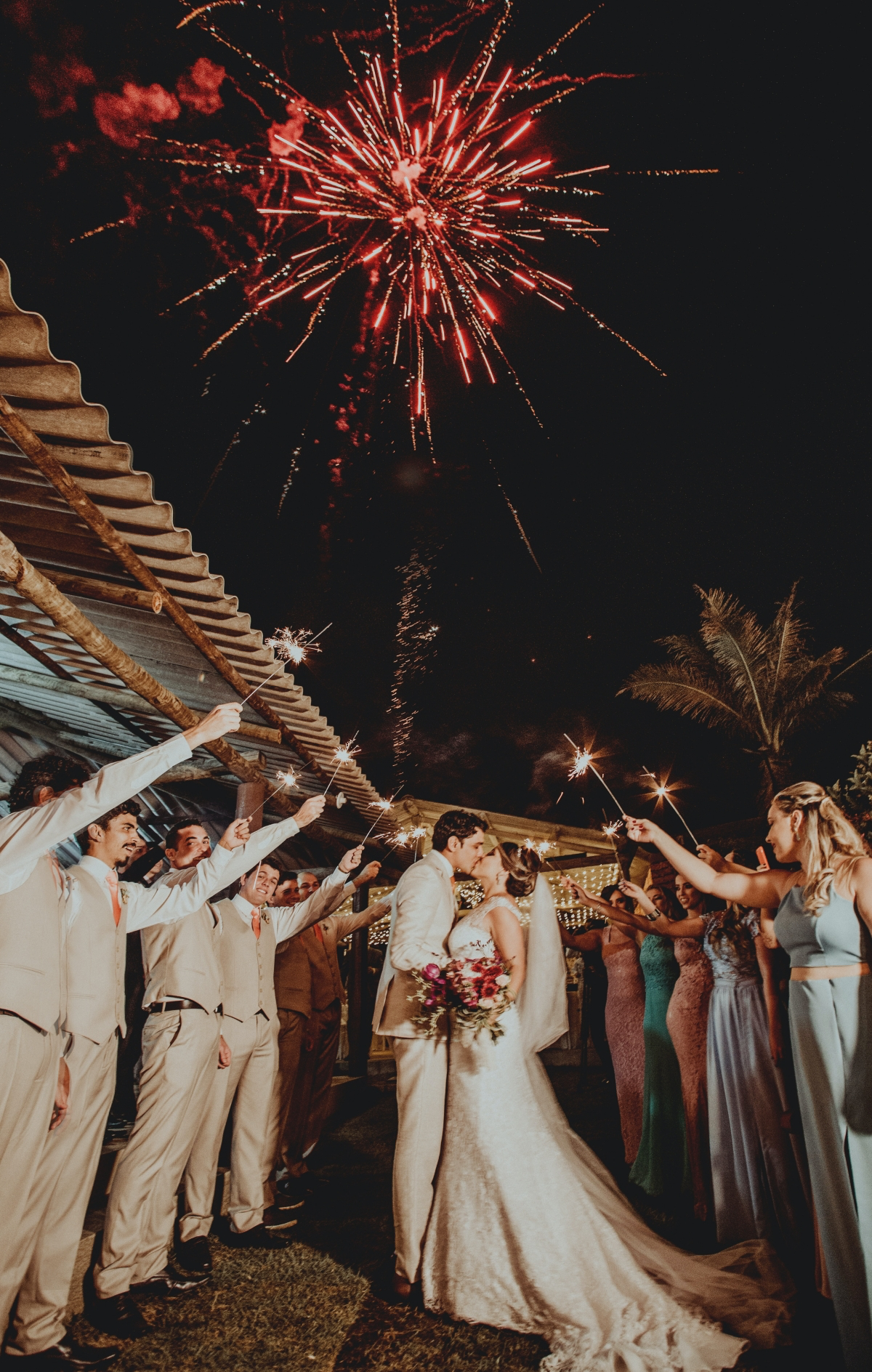
Queen Victoria started the trend of the white wedding dress in 1840. Before her, brides simply wore their best dress, regardless of color. Her choice of a white gown to marry Prince Albert was so widely publicized that it became the new standard for Western weddings.
This reminds us that many “timeless” traditions are more recent than we think. Feel empowered to choose a dress—or pantsuit, or jumpsuit—in any color that makes you feel amazing. It’s your tradition to create.
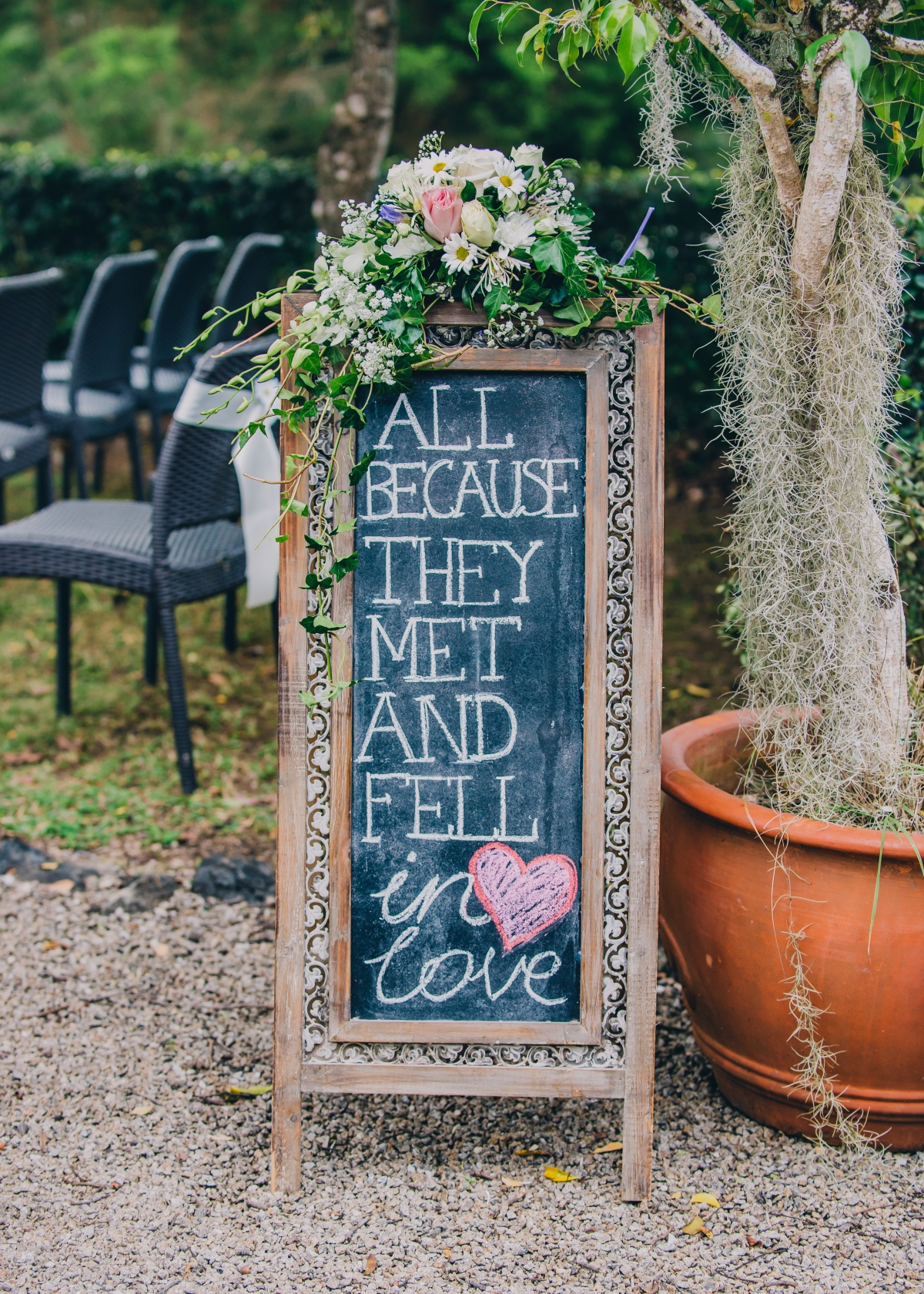
Open Bar: Guests can order any drink they want, all night long. It’s the most generous option but also the most expensive and unpredictable for your budget.
Consumption Bar: You pay per drink consumed. It can be cheaper if your crowd are light drinkers, but it’s a huge financial gamble if they aren’t.
For budget certainty and guest satisfaction, a limited bar of beer, wine, and signature cocktails often hits the sweet spot.
One of the most common rookie mistakes is failing to account for taxes and gratuities in the budget. A $10,000 catering bill can easily become $12,500 or more after service fees (often 18-22%) and state tax are added. When you get a quote, always ask if it’s “all-in” or what additional percentages you should expect to pay.


